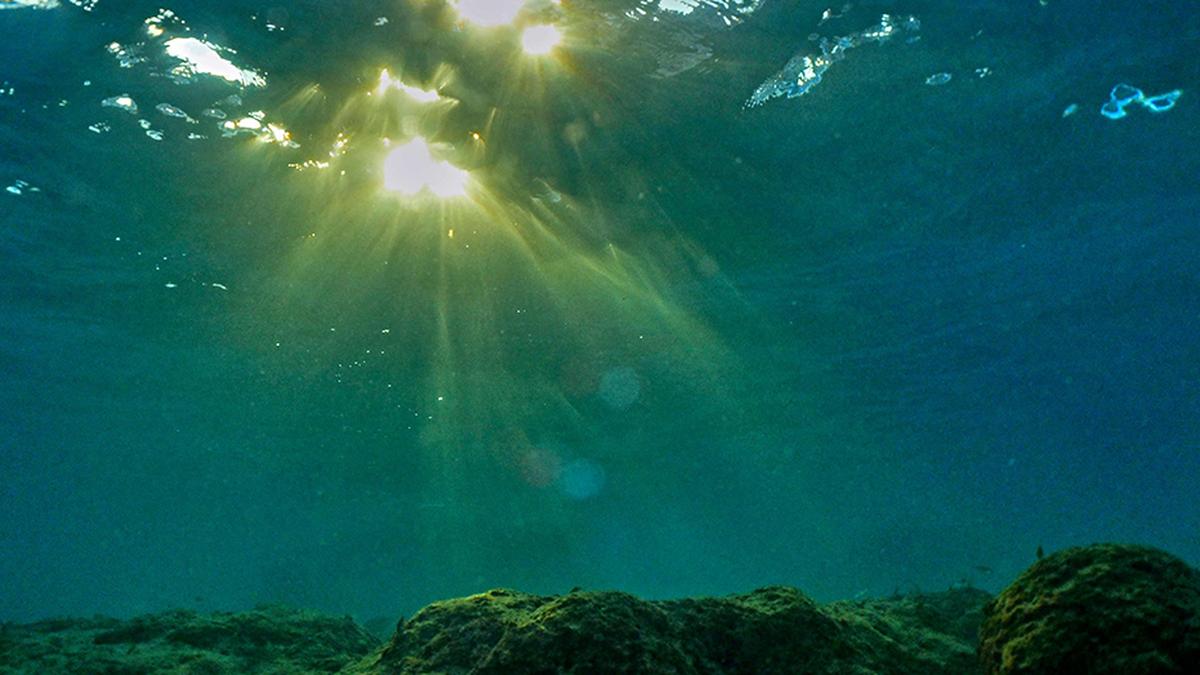
Avalanches can grow 100-times larger undersea than on land Premium
The Hindu
Scientists have mapped the devastation of a giant underwater avalanche that happened 60,000 years ago from its source area, offshore of Morocco
Underwater avalanches are powerful natural events that happen all the time under the surface of the ocean. They are impossible to see and extremely difficult to measure, which means we know little about how they work.
Yet these phenomena pose a hazard to our global communication networks. The proliferation of the internet has required an ever-expanding network of fibre-optic seabed cables, which carry practically all global internet traffic.
My new study of an ancient underwater avalanche challenges our understanding of how underwater avalanches develop and may change the way geologists assess their risk potential.
It is estimated that there are now over 550 active seafloor cables around the world with a combined length of 1.4 million km – enough to wrap around the circumference of the Earth 35 times.
When a underwater avalanche breaks seafloor cables, the effects can be widespread and expensive. The 2006 Pingtung earthquake in Taiwan triggered underwater avalanches that cut many seafloor cables connecting southeast Asia with the rest of the world. The largest internet operator in China reported 90% loss of traffic to the US at the peak of the event and Taiwan experienced between 74-100% loss in internet traffic to neighbouring islands.
This damaged global markets by slashing the amount of financial transactions that could happen. Repairing the network to full capacity took 39 days and millions of US dollars in ship time. The underwater avalanche that broke these cables was fast-moving with a top speed of 72km per hour. But it was relatively small compared to giant underwater avalanches I have investigated in the Atlantic.
The good news is there are so many seafloor cables it’s extremely unlikely an underwater avalanche could shut down the internet worldwide. The Pingtung earthquake is an example of how even when primary routes are cut, at least some traffic will be able to travel on an alternate route.

 Run 3 Space | Play Space Running Game
Run 3 Space | Play Space Running Game Traffic Jam 3D | Online Racing Game
Traffic Jam 3D | Online Racing Game Duck Hunt | Play Old Classic Game
Duck Hunt | Play Old Classic Game




